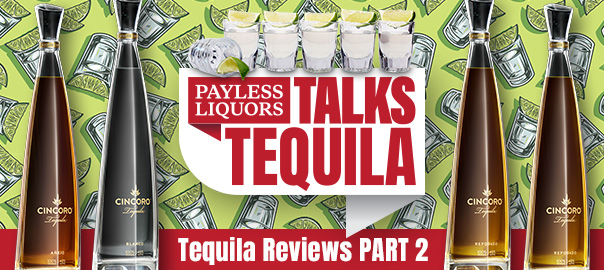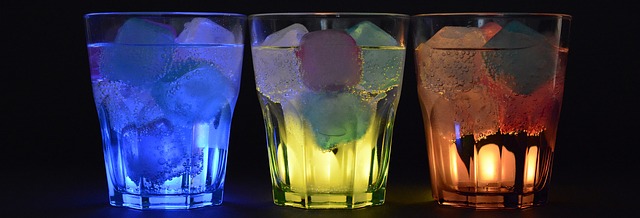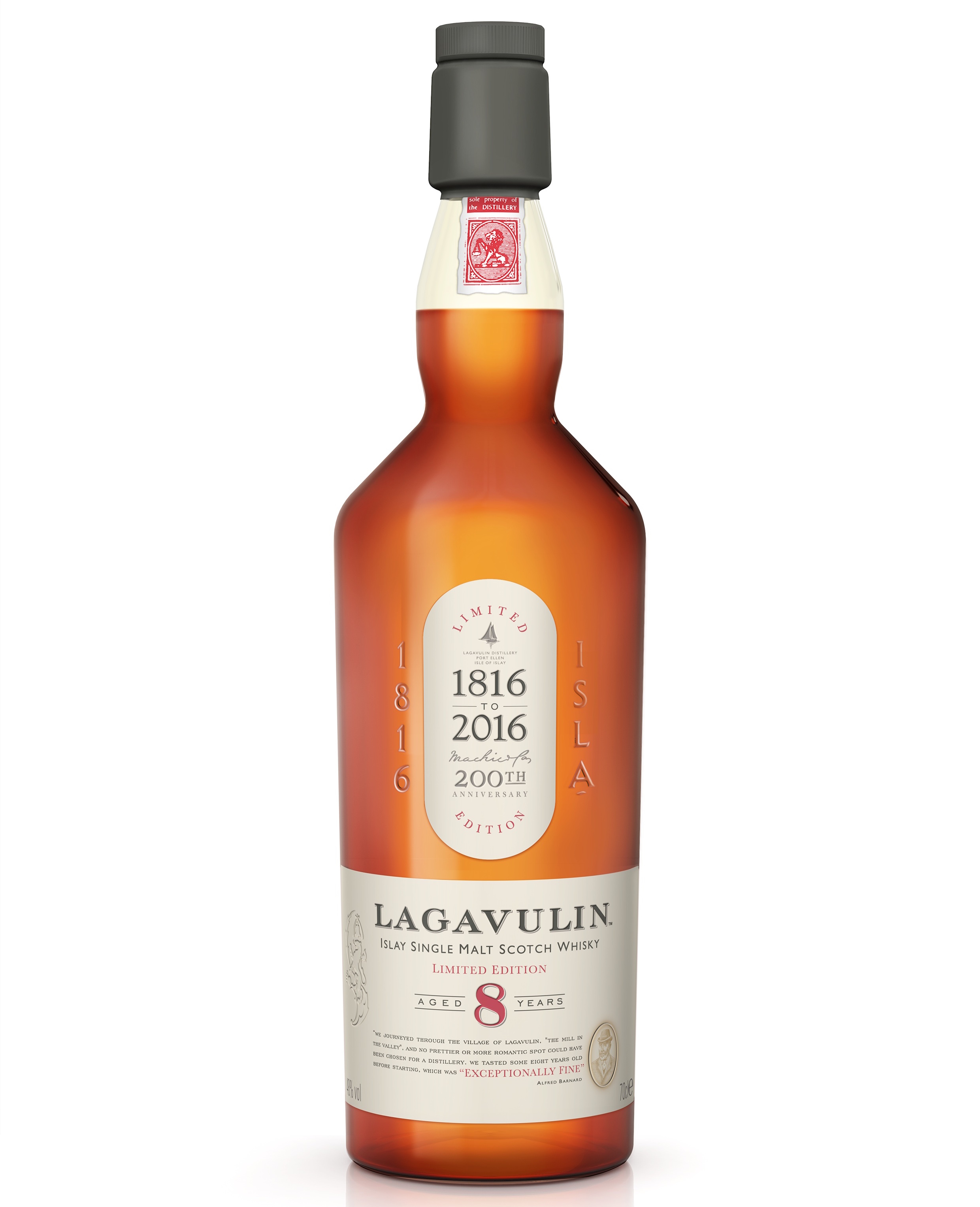Celebrities have always been in the limelight, with everyone curious to know everything about their lives. From what they wear to what they eat, we tend to follow almost everything that they do. And now, there is a new addition to this list; celebrities are now not just endorsing wines, whiskeys, and other spirits but have started creating their own. Yes, you heard it right, and this industry is becoming popular in recent times.
This blog will take you through some of the most famous celebrity spirits and give you a sneak peek of what your favorite celebs like to drink!
First on our list is George Clooney’s Casamigos Tequila. Launched in 2013, this premium tequila brand was created by Clooney, businessman Rande Gerber, and real estate developer Mike Meldman. Casamigos became an instant hit amongst tequila lovers, and George even credits and admits to drinking his fair share before signing on for ‘Gravity.
Next up is Ryan Reynolds Aviation Gin. The ‘Deadpool‘ actor acquired a stake of aviation gin in 2018. Within the first year, the sales increased by 1000%, and the drink has now become extremely popular in the market. The brand boasts of being the best tasting gin to make the perfect martini, which is Ryan’s favorite cocktail.
The third on our list is Drew Barrymore’s Barrymore Wines. Drew comes from a family of successful actors, but that did not hold her back from exploring the wine biz. In 2011, she officially launched a collection of her own called Barrymore Wines. The brand offers affordable and quality wines that can be enjoyed on any occasion.
The fourth on our list is Justin Timberlake’s Sauza 901 tequila. Justin’s association with the brand began in 2009 when this premium tequila brand was launched. The drink is a blend of three-year-old Agave and produced in the heartland of tequila, Mexico.
Last but not least is Kendall Jenner’s 818 Tequila. Launched in 2021, her celebrated brand is named after the Calabasas area code where she grew up. The reality TV star claims that the unique flavor of her drink comes from using a combination of sweet and cooked agave.
Conclusion:
Celebrities are much more than actors or models; they are brands within themselves. Launching or endorsing brands makes them relatable to their fans, and this has become an essential aspect of their image. These names are not only popular in their respective industries, but they have made a niche in the alcohol industry too, creating drinks that can now be seen on the shelves of almost every liquor store. It’s time to raise a glass of celebrity spirits and sip along with the rich and famous. Contact a Payless Liquors near you for more celebrity spirits!

















 years ago! For those not familiar,
years ago! For those not familiar, 
 and Paul Beam’s great-grandfather. Minor was a distiller prior to the Prohibition era, passing away shortly after the 18th amendment was repealed. Minor had once distilled her products prior to prohibition in the same location Limestone Branch Distillery reopened in 2011. Stephen Beam says the bourbon is their idea of what Minor might have produced if he had the opportunity distil again.
and Paul Beam’s great-grandfather. Minor was a distiller prior to the Prohibition era, passing away shortly after the 18th amendment was repealed. Minor had once distilled her products prior to prohibition in the same location Limestone Branch Distillery reopened in 2011. Stephen Beam says the bourbon is their idea of what Minor might have produced if he had the opportunity distil again.

 open the state’s first legal distillery since 1870. The distillery began small, with just a 250-gallon still in a historic livery stable and garage. Since then, High West won Whiskey Pioneer of the Year in 2011 from Whiskey Advocate America, and now operates out of a 1600-gallon copper pot still. They also opened an educational whiskey tasting, pairing, and tour portion of their distillery that is a must-visit.
open the state’s first legal distillery since 1870. The distillery began small, with just a 250-gallon still in a historic livery stable and garage. Since then, High West won Whiskey Pioneer of the Year in 2011 from Whiskey Advocate America, and now operates out of a 1600-gallon copper pot still. They also opened an educational whiskey tasting, pairing, and tour portion of their distillery that is a must-visit. founding pieces of the practices of distilling, you can see one of the only heated cycled barrelhouses in the world. This is particularly incredible because heated cycled barrelhouses ensure that “every drop seeps into the charred and toasted white oak, giving Woodford Reserve its color and signature flavor. Woodford Reserve distillery is standing history, and riddled with the culture of Kentucky distilling.
founding pieces of the practices of distilling, you can see one of the only heated cycled barrelhouses in the world. This is particularly incredible because heated cycled barrelhouses ensure that “every drop seeps into the charred and toasted white oak, giving Woodford Reserve its color and signature flavor. Woodford Reserve distillery is standing history, and riddled with the culture of Kentucky distilling. Hennessy is actually called Jas Hennessy & Co. and its headquarters are located in Cognac, France. They sell about 50 million bottles a year worldwide, which equates to 40 percent of the world’s cognac. Oddly enough, Hennessy was founded by an Irishman named Richard Hennessy in 1765. It is also the world’s largest luxury brand, as it is owned in part by Louis Vuitton and Christian Dior. With nearly 30 products and many being limited edition, it’s no surprise that it’s such a popular and coveted cognac.
Hennessy is actually called Jas Hennessy & Co. and its headquarters are located in Cognac, France. They sell about 50 million bottles a year worldwide, which equates to 40 percent of the world’s cognac. Oddly enough, Hennessy was founded by an Irishman named Richard Hennessy in 1765. It is also the world’s largest luxury brand, as it is owned in part by Louis Vuitton and Christian Dior. With nearly 30 products and many being limited edition, it’s no surprise that it’s such a popular and coveted cognac. The Lagavulin distillery is located in Islay, Scotland and it is also the drink of choice for Ron Swanson of Parks and Rec. Any fans out there for either of those things? (If so, you must watch
The Lagavulin distillery is located in Islay, Scotland and it is also the drink of choice for Ron Swanson of Parks and Rec. Any fans out there for either of those things? (If so, you must watch distillery itself. It is a quaint and beautiful building located just a hop and a skip from Port Ellen, Laphroaig, and Ardberg, all of which are also incredible distilleries.
distillery itself. It is a quaint and beautiful building located just a hop and a skip from Port Ellen, Laphroaig, and Ardberg, all of which are also incredible distilleries. First off, as always, lets start with the nose. This may seem strange to say, but it seems clear that it is from the beautiful coast of Scotland. Right off the bat, there are notes of clean, fresh milk and light tea. Followed by chocolate and lemon, like a fresh spring morning with breakfast by the ocean. It is romanticism and poetry in a glass.
First off, as always, lets start with the nose. This may seem strange to say, but it seems clear that it is from the beautiful coast of Scotland. Right off the bat, there are notes of clean, fresh milk and light tea. Followed by chocolate and lemon, like a fresh spring morning with breakfast by the ocean. It is romanticism and poetry in a glass. Wine, oh sweet, delicious, red wine. There is no better time for this (in my very biased opinion) than during these chilly months. We say goodbye to the summer days of zinfandel and sunrises, and hello to cozy sweaters, crackling fires, and savory red wine. Now that is an evening that I’d be fine spending snowed in!
Wine, oh sweet, delicious, red wine. There is no better time for this (in my very biased opinion) than during these chilly months. We say goodbye to the summer days of zinfandel and sunrises, and hello to cozy sweaters, crackling fires, and savory red wine. Now that is an evening that I’d be fine spending snowed in! Now, back to our senses. The smell is dark berry, perfect for a chilly October night. The blackberries and rich raspberries provide a luscious cushion in your first sip between the Zinfandel and Cabernet. The floral aroma is evident on your second whiff, it is easy to miss so be sure to pay attention to this siren’s call. She pulls you in with nothing short of a drowning devotion to her smooth and smoky power.
Now, back to our senses. The smell is dark berry, perfect for a chilly October night. The blackberries and rich raspberries provide a luscious cushion in your first sip between the Zinfandel and Cabernet. The floral aroma is evident on your second whiff, it is easy to miss so be sure to pay attention to this siren’s call. She pulls you in with nothing short of a drowning devotion to her smooth and smoky power. Point’s Pumpkin Down knocked this one out of the park. “A pumpkin ale that bucks the trend” is what they had to say on this product and it could not be more accurate. This is no attempt at a pumpkin pie beer, no no no. This is roasted pumpkin with a caramel and toffee backsplash. It feels like they made it for those who would rather spend their October nights by the bonfire instead of the fireplace. You can taste the malt and earth in it, softened with the slightest hint of spice that you would want in any good beer. You taste ale with every sip, but this heavy flavor is brought up in the most loving way to reflect the romance of the fall season by culminating a trusting relationship between the hops, cinnamon, and roasted pumpkin flavor. We want to recommend to you that you save this one for a night of risotto with butternut squash or a French onion soup with French bread. Don’t waste this ale, friends, savor it.
Point’s Pumpkin Down knocked this one out of the park. “A pumpkin ale that bucks the trend” is what they had to say on this product and it could not be more accurate. This is no attempt at a pumpkin pie beer, no no no. This is roasted pumpkin with a caramel and toffee backsplash. It feels like they made it for those who would rather spend their October nights by the bonfire instead of the fireplace. You can taste the malt and earth in it, softened with the slightest hint of spice that you would want in any good beer. You taste ale with every sip, but this heavy flavor is brought up in the most loving way to reflect the romance of the fall season by culminating a trusting relationship between the hops, cinnamon, and roasted pumpkin flavor. We want to recommend to you that you save this one for a night of risotto with butternut squash or a French onion soup with French bread. Don’t waste this ale, friends, savor it. easonal favorite!
easonal favorite!
